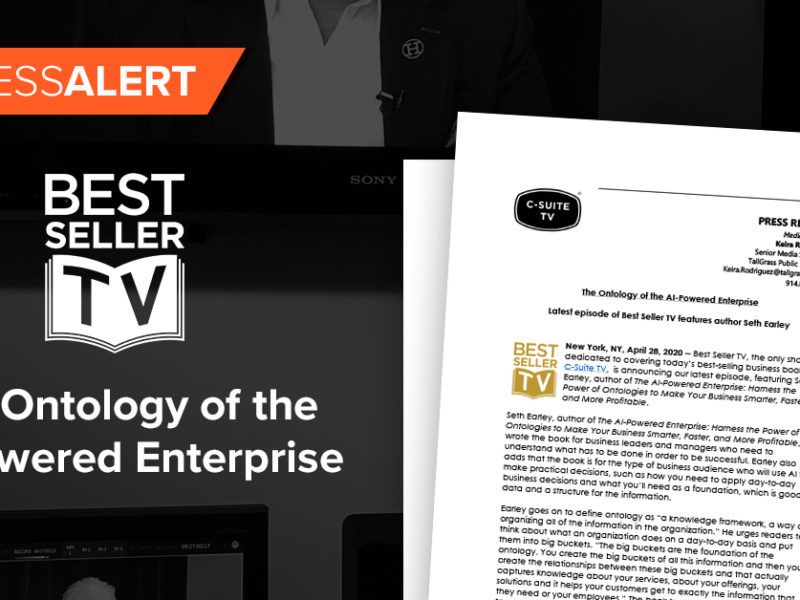
ANALYSIS Salesforce Reshuffles SaaS, PaaS in Internet of Things and AI
ANALYSIS Salesforce Reshuffles SaaS, PaaS in Internet of Things and AI https://csuiteold.c-suitenetwork.com/wp-content/uploads/2017/10/analysis-salesforce-reshuffles-saas-paas-in-internet-of-things-and-ai.jpg 620 360 C-Suite Network https://csuiteold.c-suitenetwork.com/wp-content/uploads/2017/10/analysis-salesforce-reshuffles-saas-paas-in-internet-of-things-and-ai.jpg
Need a web designer, SEO advisor or other ecommerce expert?
Quickly and conveniently find solutions for your online business before making your next planning or purchasing decisions. Gather key insights and information before selecting your vendors.
Visit ALL EC today.
It can be a full-time job trying to keep up with Salesforce’s newest cloud offerings and messaging. However, it is always worth the effort, because the company’s pronouncements are often early bellwethers of the future direction of the software industry.
This has become particularly true with respect to the company’s evolving efforts to penetrate and gain a prominent position in the artificial intelligence and Internet of Things markets. Salesforce’s most recent moves, in anticipation of its annual Dreamforce conference, also could be a key indicator of the rapidly changing competitive landscape.
Battle for PaaS Supremacy
Salesforce has been in the vanguard of promoting Software as a Service and, more broadly, the value of the cloud. As it has gained success with its widening array of SaaS/cloud offerings, it also has borrowed a strategy from the traditional software industry playbook: adding a development layer to its SaaS applications, thus enabling its customers and partners to build their own software solutions to meet their particular business needs.
Many industry observers have expected this Platform as a Service layer to become the next major battlefield within the cloud marketplace, because it clearly would show where customers and partners were making their biggest bets from a vendor alignment standpoint.
The global PaaS market will multiply in size more than four times, from US$1.28 billion in 2013 to $6.94 billion in 2018, representing a compound annual growth rate of 32.5%, according to MarketsandMarkets.
Even greater optimism about the size and growth of the worldwide PaaS market comes from Gartner, which assessed the PaaS market at approximately $7.2B in revenue in 2016, and predicted it will equal $10.6 billion in 2018, and double in size to $14.8 billion in 2020.
While that suggests impressive growth is ahead, the PaaS market would remain a fraction of the size of the global SaaS market, according to Gartner, which estimated that the SaaS market is currently $46.3 billion and will jump to $75.7 billion in 2020.
Despite…






